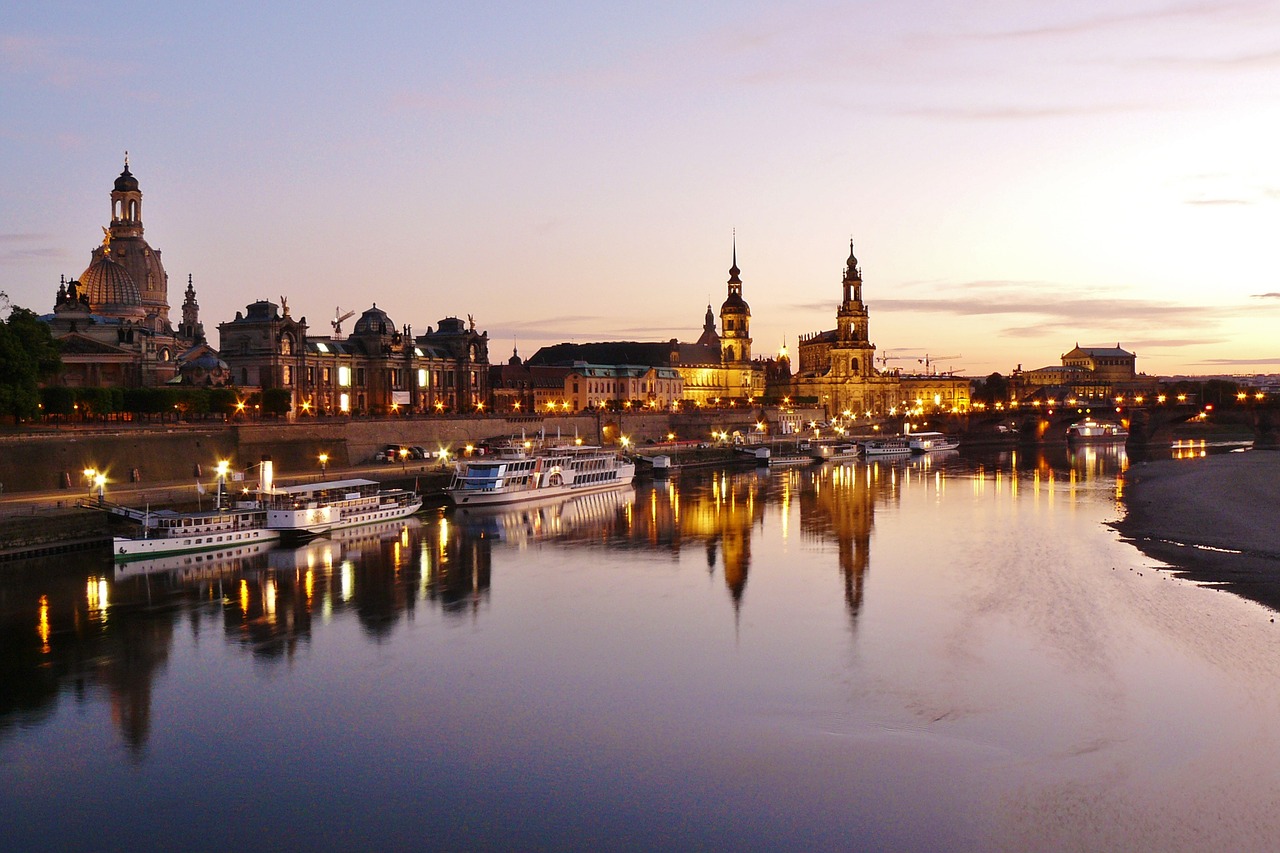Attractions of Dresden in Germany
- The magnificent 18th century Frauenkirche, destroyed during the bombing and restored after German reunification;
- a rebuilt castle, maintained in Renaissance and Baroque style;
- Grunes Gewolbe - a gallery housing the treasures of the Saxon monarchy;
- Semperoper - the opera house was built in 1841, was rebuilt after a fire in 1869, reconstructed in 1985 after war damage and finally restored after a flood in 2002;
- all, or at least one, of the eleven museums; choose, for example, the Dresden National Art Collection;
- Hofkirche Catholic Cathedral - originally built in the 18th century when the Saxon elector became a Catholic to govern Poland;
- reconstructed Zwinger Palace.
- Russian President and Prime Minister Vladimir Putin was stationed in Dresden as a KGB officer in the 1980s.
- Visit Dresden in July or August, but take your umbrella with you (Dresden is the warmest but also the wettest month).
The attractions of Dresden in Germany that a English city guide in Dresden in Germany can reveal to you
Once a beautiful city, known for its porcelain manufacture, it was destroyed in 1945 when British and American bombers launched a sea of fire that claimed tens of thousands of lives. It was one of the most controversial actions of the Allies, and its reasons are difficult to understand.
The districts that survived the bombing were neglected and there was much post-war destruction. The city was heavily industrialized. Many important buildings were reconstructed, several destroyed monuments were demolished and many historical buildings remained in ruins. The appearance of the city has been permanently enriched by buildings from the communist era, their ugliness is alleviated by the green areas.
Today's Dresden is experiencing the same social problems as other towns in former East Germany. However, this great city on the banks of the Elbe is experiencing a renaissance and is on. The city is being rebuilt on a large scale, and this process will probably take many years. Reconstructed historical buildings, post-war communist buildings and modern non-unified architecture make up the city's distinctive appearance, but the process of change is not yet complete.
Visitors to the city for the first time may be surprised by the number of monuments, but in fact, almost all the impressive historical buildings are only copies of the reconstruction. This interesting city gives an insight into the history of post-war Germany. and hopefully shows the future of the country.
Admire the attractions of Dresden, use the luggage storage in Dresden.

